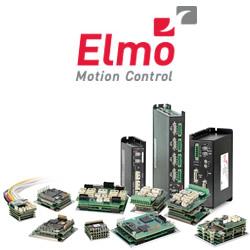An Open Source Driving Agent from comma.ai
Future Drones Will Fly as Silent as Owls, as Steady as Bees
DIY Position Tracking Using HTC Vive's Lighthouse
Was That an Insect or a Drone?
PrecisionHawk Research Outlines Operations Risk for Drones Flying Beyond Line of Sight
Sentera Partners With RDO Equipment Co. to Offer New UAV Solutions
Autopilot vs. Autonomous
Tibbo Technology Announces new TIDE Release 5.03.03 that features TiOS Simulator
DRONE VOLT Expanding the range of drones with the "DV WING" for agriculture and mapping
Carnegie Mellon Successfully Exploiting Manufacturing Robots
Festo Automated Ball Valves - World Class Quality, Delivery, and Global Support
Sensitive Environment Robots
Japan Robots Riding on the Concept of Entertainment, Ease of Life and Engaging
Dorner Holding Company Unveils New Logos, Tagline for Dorner Mfg., FlexMove and Geppert-Band
NASA Awards HATS Inc. $1 Million Contract To Create Collaborative Human-Automation Teams
Records 1726 to 1740 of 2742
First | Previous | Next | Last
Featured Product

